Towards a europeanwide label for Large Wild Rivers
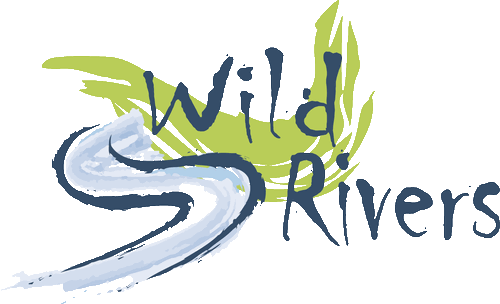 Rivers and streams which have remained untouched and escaped any major changes to their natural shape (for example, from flood barriers, changed river channels, embankments, other alterations) and which have maintained their crystal clear water are extremely rare in France and Europe. They should all be protected. However, current regulations, mainly those stemming from the European Water Framework Directive, are insufficient.
Rivers and streams which have remained untouched and escaped any major changes to their natural shape (for example, from flood barriers, changed river channels, embankments, other alterations) and which have maintained their crystal clear water are extremely rare in France and Europe. They should all be protected. However, current regulations, mainly those stemming from the European Water Framework Directive, are insufficient.The Wild Rivers program has two cornerstones: ‘the Fonds pour la protection des Rivières sauvages’ and ERN, a certified association under a 1901 French Law, approved for the protection of wilderness areas and since 1989 a partner of the WWF. ERN works with public agencies and NGOs, the Fonds pour la protection des Rivières sauvages, was established to develop partnerships with businesses and raise private funds.
ERN and its french Partner has successfully implemented the label “Wild River Site” for small rivers (< Strahler 5) in France. The label was developped in cooperation with the french Ministery for the Environnement and the scientific community. So far (2023) more the 30 river sections have been (re-)labelised all over in France.
The French label “Site Rivière sauvage” for small rivers is co-owned by ERN and the “Fonds pour la conservation des rivières sauvages”. The Network of labeled rivers in France is managed by the NGO ARRS.
In 2019 ERN made study to adapted the French label to make it suitable for other European countries and large rivers. In cooperation with the WWF in Germany, Austria, Slovenia and Switzerland, ERN has looked at applying the label to alpine rivers.
Starting in 2023, ERN will promote the elaboration of a europeanide label for large rivers based on its experience Wirth the French label for small rivers and the case studies on Alpine rivers.
Map showing the pilot projects for a new europeanwide label for large Wild Rivers
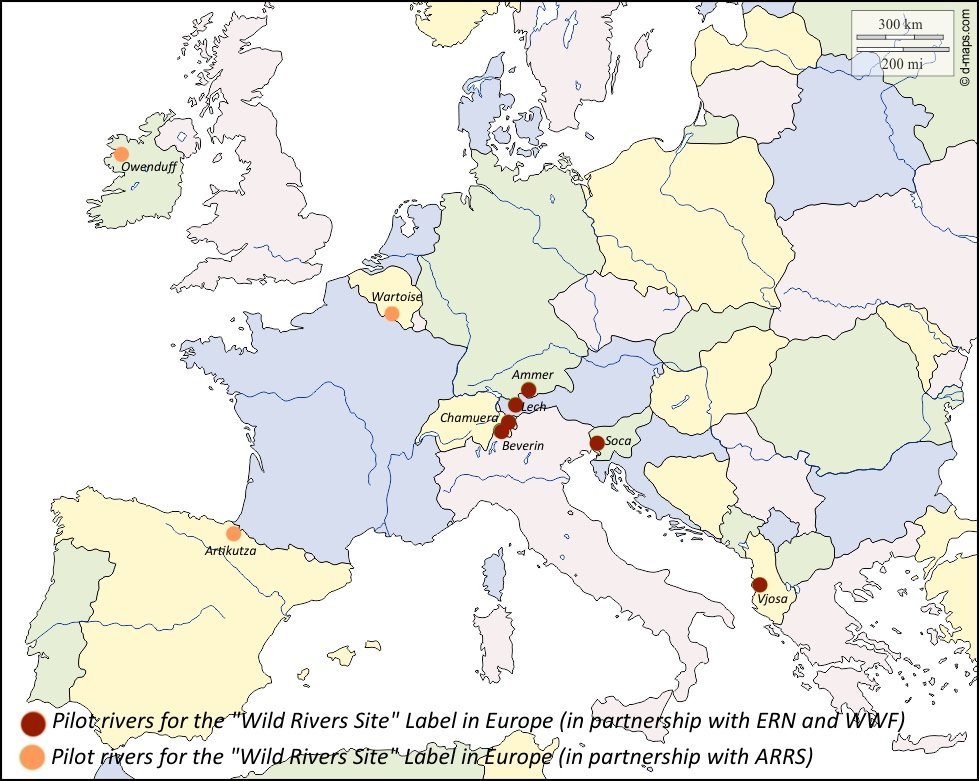
International partners :
project lead by ERN
- Ammer, in cooperation with the WWF Germany
- Lech, in cooperation with the WWF Austria
- Chamuera, in cooperation with the WWF Switzerland
- Beverine, expected to be the first river to be labelled, in cooperation with the WWF Switzerland and the Commune of Bevers.
- Soča, in cooperation with the WWF Adria
- Viosha, (Albania) in cooperation with EURONATURpproject lead by the Fond Rivières sauvages / ARRS
- Artikutza : with the University of Bilbao (Dr. Arturo Elosegi) and San Sebastian Municipality (Departement of Biodiversity and Environnement)
- Wartoise : with local autority, the french part is already labelled.
- Owenduff : with NGOs (fishermen).
The Wild Rivers Chart and an Evaluation Grid
The Wild Rivers Label
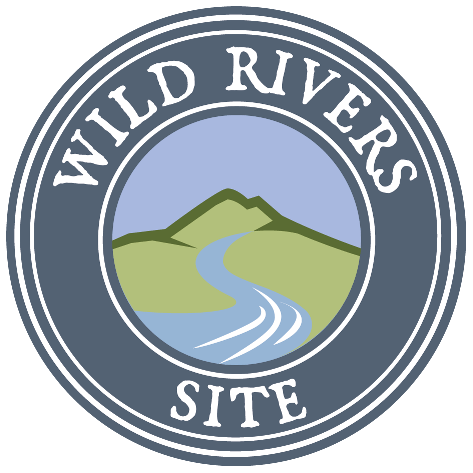 The label is a high-level instrument for the protection and development of the region that acquires it, strengthening its image among various populations. It is certified by Afnor Certification, after a technical audit of the application file and a visit to the site of the river basin to ensure the assessment criteria for wilderness and governance (the Chart) are respected by the applicant (Regional Nature Park, local authority, river association, etc.).
The label is a high-level instrument for the protection and development of the region that acquires it, strengthening its image among various populations. It is certified by Afnor Certification, after a technical audit of the application file and a visit to the site of the river basin to ensure the assessment criteria for wilderness and governance (the Chart) are respected by the applicant (Regional Nature Park, local authority, river association, etc.).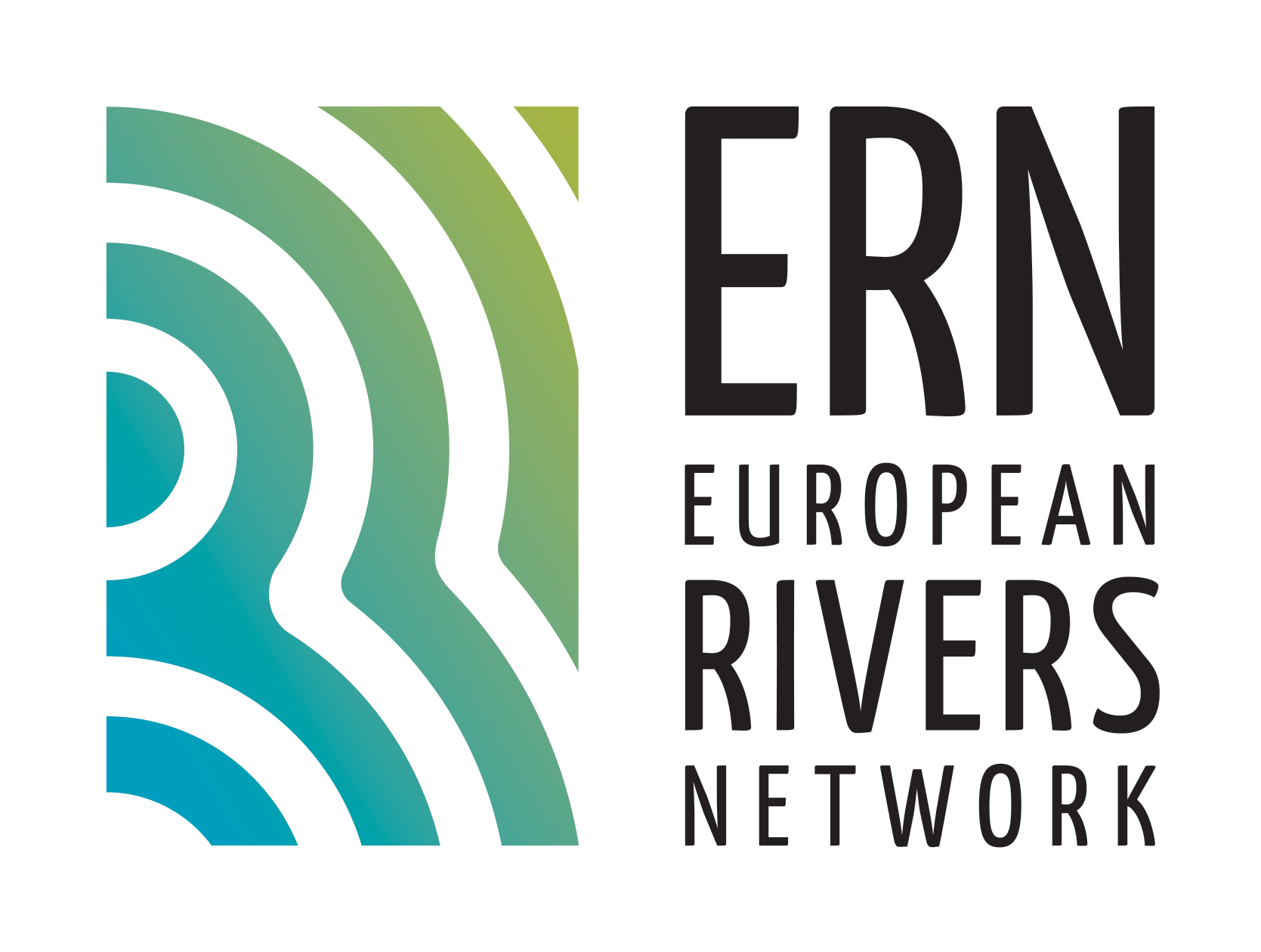
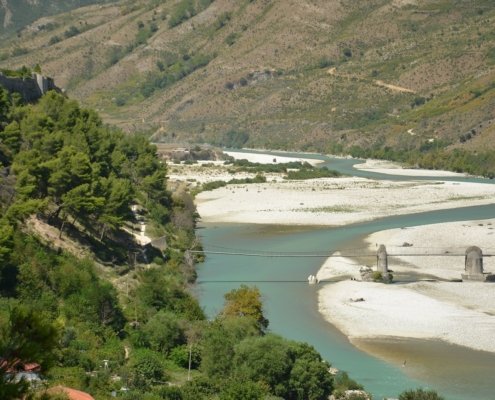
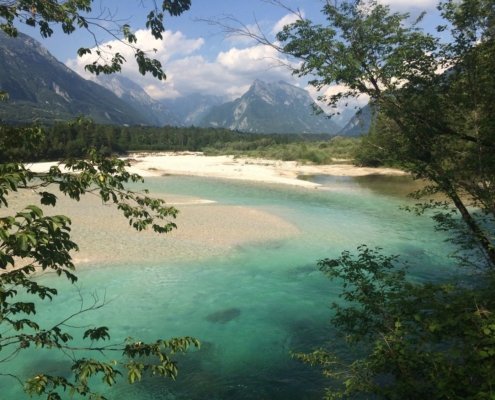
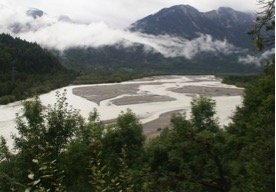
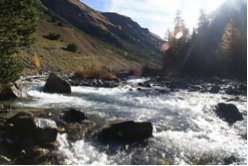
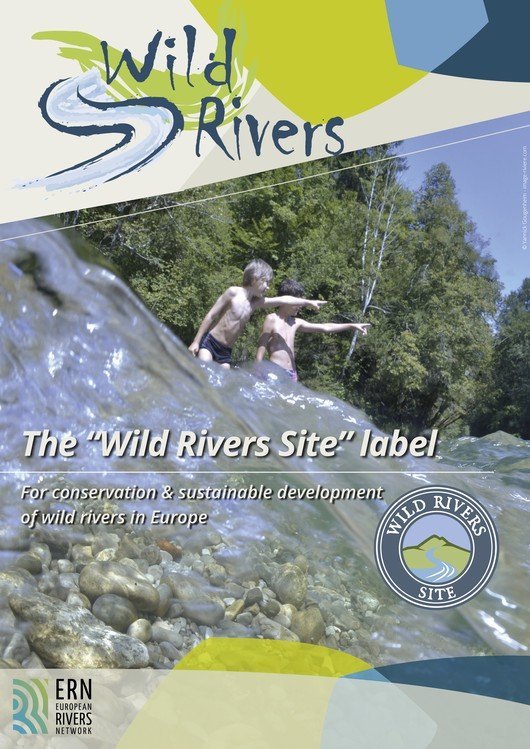
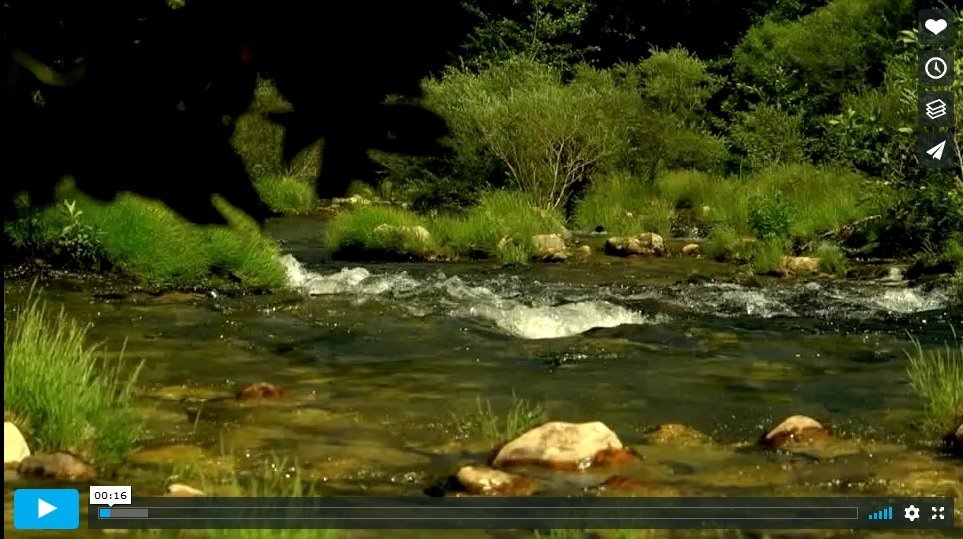
 ERN France
ERN France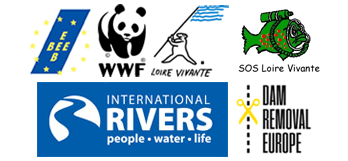 ERN is the official WWF Freshwater Partner in France and cooperates with WWF Switzerland, Austria, Netherlands and others
ERN is the official WWF Freshwater Partner in France and cooperates with WWF Switzerland, Austria, Netherlands and others